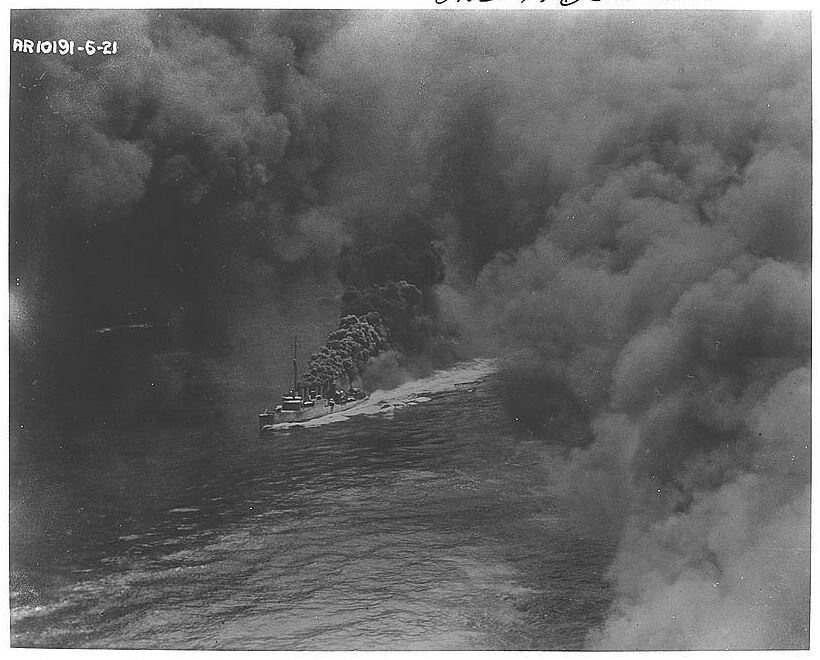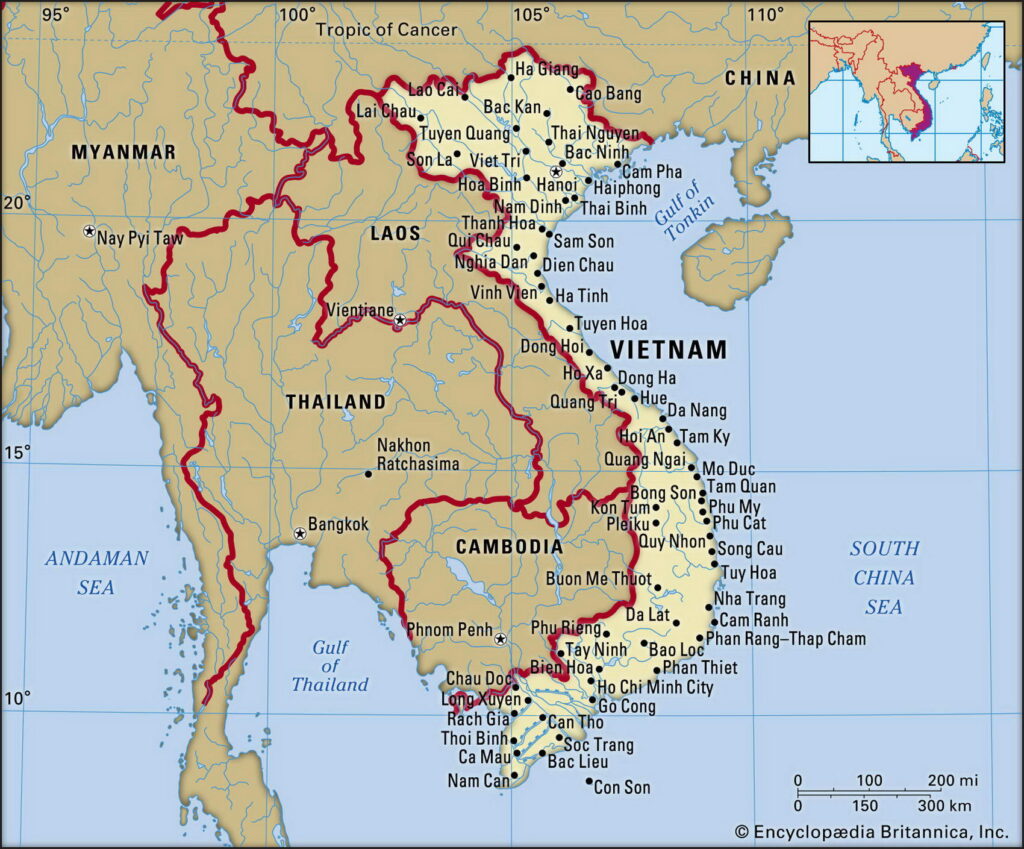
World War II was a global conflict that lasted from 1939 to 1945. Here’s a brief rundown:
Causes and Start:
The war began on September 1, 1939, when Nazi Germany, led by Adolf Hitler, invaded Poland. This prompted the United Kingdom and France to declare war on Germany, honoring their guarantees to Poland. Germany’s aggressive expansion, including the annexation of Austria and Czechoslovakia, and the signing of the Molotov-Ribbentrop Pact with the Soviet Union, set the stage for the war.
Main Countries Involved:

- Axis Powers: Germany, Italy, Japan, and their allies
- Allied Powers: UK, France, Soviet Union, United States, China, and their allies
Why Countries Were Involved:
- Germany sought to expand its territory, resources, and dominance in Europe.
- Italy and Japan wanted to expand their empires and secure resources.
- The UK and France aimed to prevent German aggression and maintain their colonial empires.
- The Soviet Union initially collaborated with Germany but later joined the Allies after being invaded.
- The US entered the war after Japan’s attack on Pearl Harbor, seeking to protect its interests and security.

Duration:
The war lasted six years, from 1939 to 1945, ending with Japan’s surrender on August 15, 1945.
American Casualties:
The US suffered approximately 418,500 military deaths, with over 650,000 wounded.

End of the War:
The Allies accepted Germany’s surrender on May 8, 1945 (V-E Day). The US dropped atomic bombs on Hiroshima and Nagasaki, leading to Japan’s surrender on August 15, 1945 (V-J Day).
Operation Fortitude:
You’re likely referring to Operation Fortitude, a successful Allied deception plan that misled Germany about the D-Day invasion site. The Allies created a fake army, with fake equipment and radio transmissions, to convince Germany that the invasion would occur at Pas-de-Calais, rather than Normandy. This helped secure the success of the D-Day invasion.
World War II had a profound impact on the global economy, leading to:
- Massive Destruction: Widespread devastation of infrastructure, industries, and human capital in Europe and Asia.
- Shift in Global Power: The US emerged as a dominant economic power, while the UK’s economy was severely weakened.
- Bretton Woods System: The 1944 conference established the US dollar as a global reserve currency, shaping international trade and finance.
- Global Debt: Countries accumulated significant debt, leading to post-war economic challenges.
- Industrial Growth: The war drove innovation, accelerating technological advancements and industrial production in the US.
- New Global Order: The war laid the groundwork for the Cold War and the formation of international organizations like the United Nations.

The war’s economic impact was felt for decades, shaping global trade, politics, and economies.
Post-WWWII economic challenges included:
- Reconstruction: Rebuilding devastated economies, infrastructure, and industries in Europe and Asia.
- Inflation: Managing inflation, which rose due to wartime spending and shortages.
- Unemployment: Transitioning from war-time to peacetime economies, leading to job shifts.
- Debt: Managing massive government debt accumulated during the war.
- Trade: Re-establishing international trade disrupted by the war.
- Conversion: Shifting industries from war production to consumer goods.

The US faced challenges like demobilization and labor strikes, while Europe faced food shortages and economic instability. The Marshall Plan (1948) helped stimulate European recovery.
Home: https://www.wendellsweet.com
















